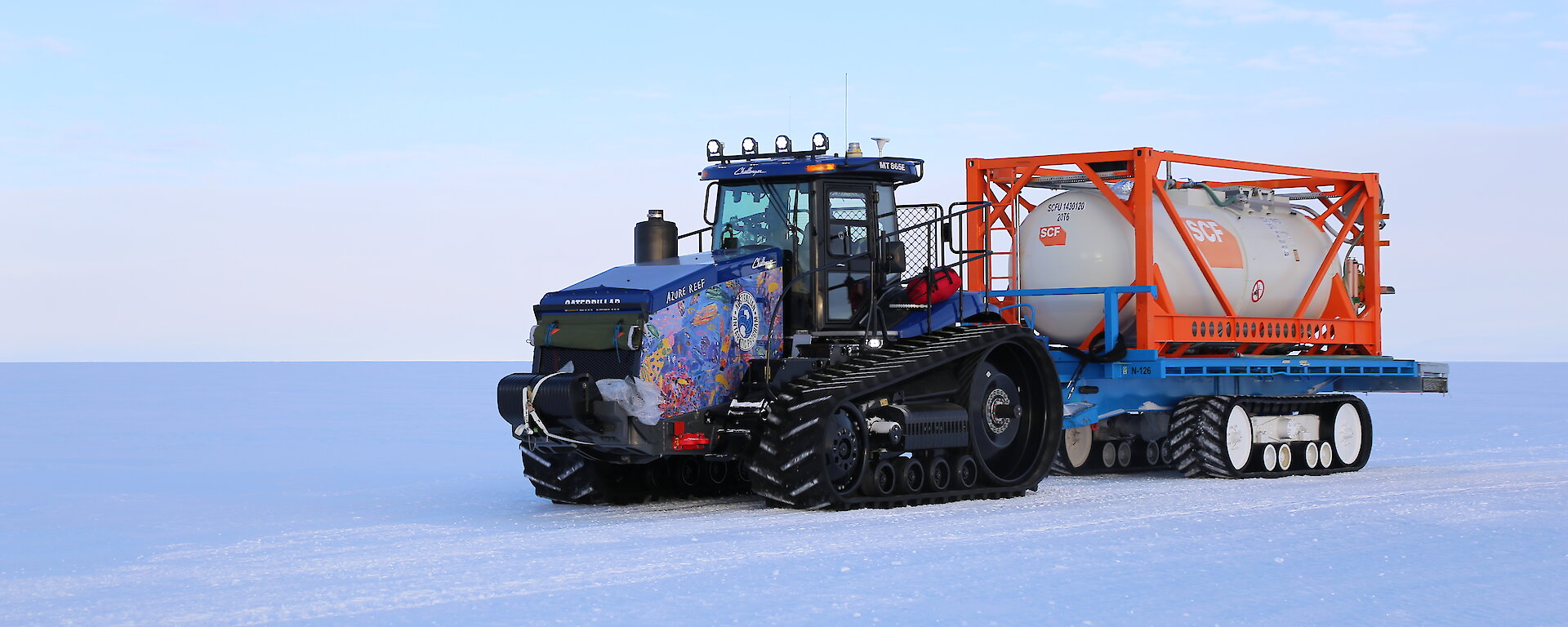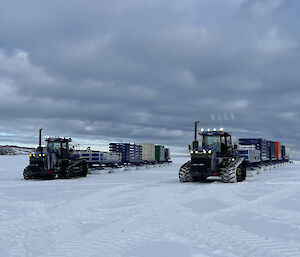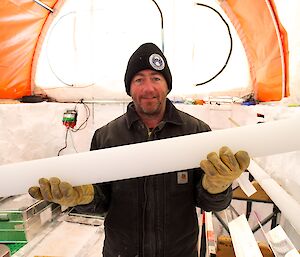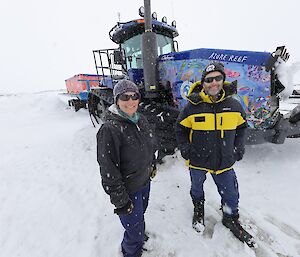So what is a traverse and why is it needed?
Travel in Antarctica is more complicated than getting in your car or booking a plane ticket.
Just like there are no cars, there are no highways, rest stops or petrol stations. Travelling these vast distances requires a heavy-duty convoy carrying everything you need to survive – food, equipment, fuel, power generators, sleeping and living spaces – and a team of people to keep safe, warm and fed.
Science in Antarctica is a logistically challenging business, with its long distances, freezing temperatures, shifting ice and extreme winds.
The modern tractor traverse will allow the Australian Antarctic Program to move inland in all weather conditions and reach areas deep in the Antarctic interior.
(Learn more about our traverse history and our modern traverse capability in our multimedia feature 'Ice Nomads')





